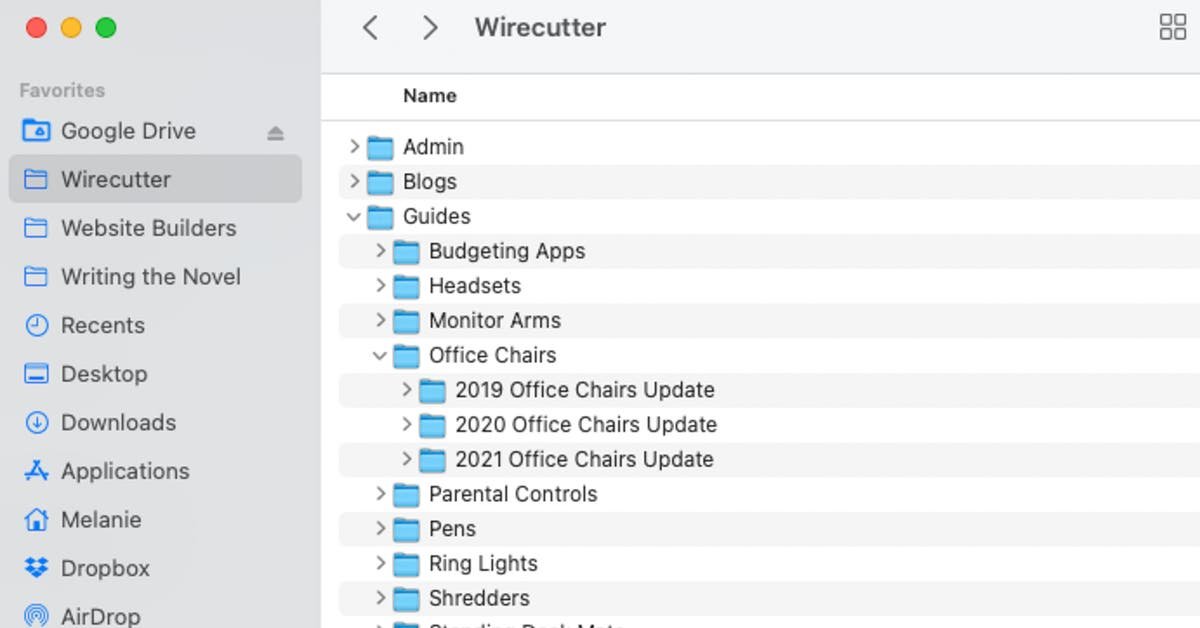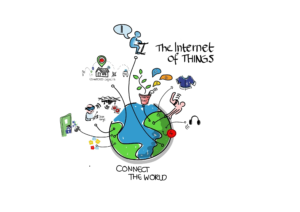A Beginner’s Guide to Creating Stunning Presentations
Creating stunning presentations is a crucial skill in today’s professional world. Whether you’re pitching a new idea, showcasing project results, or inspiring a team, a compelling presentation can make all the difference. A well-structured, visually appealing presentation can significantly increase your chances of success. Unfortunately, many people struggle to create presentations that truly capture their audience’s attention and effectively communicate their message. This comprehensive guide will address these challenges by providing practical strategies, actionable tips, and proven techniques. We will delve into elements such as content organization, visual design, delivery techniques, and more. By the end, you will have the knowledge and tools necessary to design presentations that are not only visually appealing but also engaging and memorable.
Understanding the Foundation of a Stunning Presentation
Defining Stunning Presentations
A stunning presentation isn’t just about polished slides; it’s about a cohesive blend of compelling content, impactful visuals, and effective delivery. It’s a performance that resonates with the audience, leaving a lasting impression. Effective presentations require careful consideration of the target audience, their interests, and the desired outcome. The core of a stunning presentation lies in clear communication. Your message must be easily understood, and the presentation should flow logically. A stunning presentation can be a catalyst for innovation, inspiration, or action. Great presentations build trust and solidify your credibility. Understanding your target audience helps you tailor the content and approach for maximum impact. Successful presentations align with the desired outcomes, whether that’s generating interest, converting sales, or persuading people.
Crafting Compelling Content
Planning and Structuring Your Presentation
The foundation of any successful presentation is a well-structured presentation plan. Starting with a concise outline ensures that the content is focused and organized, and it will help your presentations be more persuasive. Before you even start designing slides, outline your main points and sub-points with a compelling storyline. This should include the problem, proposed solution, and expected results. Create a logical sequence that guides the audience through your ideas. Think of your presentation as a story with a clear beginning, middle, and end. Every point must contribute to the narrative. Your storyline should ideally build to a crescendo – to highlight the main point.
Mastering Visual Design
Choosing Effective Visual Aids
Visual elements are vital for captivating your audience. Instead of just listing information, use images, charts, and graphs to support your key messages. Avoid cluttered slides with too much text. Choose high-quality images and graphics that are relevant to your content and easy to understand. Use visual hierarchy to direct the audience’s attention to the most important information. Use colors strategically to create a mood and maintain consistency throughout the presentation. Remember to keep your visual elements simple and easy to understand. Good visuals can significantly improve audience engagement.
Mastering Presentation Delivery
Techniques for Engaging Delivery
The way you deliver your presentation is just as important as the content and design. Practice your delivery, especially the transitions between slides. Maintain a confident and enthusiastic tone. Establish eye contact with the audience, tailoring your message to the room. Vary your tone and pace to keep the audience engaged. Use humor strategically to lighten the mood and keep the audience interested. Avoid monotone delivery; it can bore your audience. Presentation delivery is an art, so practice makes perfect. Mastering the flow is essential for effective presentations.
Related Post : A Beginner’s Guide to Learning Python Programming
Engaging Your Audience
Interactive Techniques
Create opportunities for audience engagement throughout your presentation. Ask questions, solicit feedback, and use interactive elements. Organize Q&A sessions to address any concerns or clarifications. This fosters a dialogue and shows that you value the audience’s perspective and insights. Consider interactive polls or quizzes to maintain engagement. Involving the audience will increase their retention of your message and promote better understanding.
Handling Q&A Sessions
Tips for Effective Question-Answer Sessions
Properly handling the Q&A section can significantly enhance the impact of your presentation. Ensure that you have considered potential questions beforehand and prepared concise answers to common concerns. Maintain a positive and respectful tone, even when responding to challenging questions. Avoid giving vague or evasive answers; strive for clarity and completeness. If a question is complex, acknowledge it, and outline your plan to follow up.
Adapting Your Presentation Style
Tailoring Your Approach to the Audience
Tailoring your presentation style to the specific audience you’re addressing will increase your effectiveness and audience engagement. Research your audience, learn their professional background, and anticipate their questions. Adjust your tone, language, and content accordingly. Understanding your audience is crucial for creating impactful presentations tailored to their needs and preferences.
Utilizing Presentation Tools
Leveraging Technology for Optimal Results
Many presentation tools can assist you in creating effective presentations. Tools like PowerPoint, Google Slides, and Prezi can greatly aid in this process, helping you create captivating visuals and dynamic presentations. Choose the tool that best suits your needs. Understanding the features of your chosen tool can streamline your presentation design process. Leverage templates, animation, and interactive elements for maximum impact.
Rehearsing and Refining Your Presentation
Ensuring a Smooth and Polished Delivery
Thorough practice is vital for executing a polished and captivating presentation. Rehearse your presentation multiple times to refine your delivery. Pay attention to your pace, tone, and body language. Gather feedback from colleagues and friends to identify areas for improvement. Aim to make your presentations seem seamless and flawless. Record yourself to analyze your performance, and incorporate feedback accordingly. Refining your practice is key to creating an exceptional presentation experience for your audience.
In conclusion, crafting stunning presentations isn’t just about aesthetics; it’s about clear communication, compelling storytelling, and audience engagement. By following the tips and strategies outlined in this guide, you can transform your presentations from ordinary to extraordinary. Remember to practice, get feedback, and adapt your approach based on the audience. Now go forth and create captivating presentations! Ready to master the art of presentation design? Take the next step with our comprehensive presentation design course.
Share this content:














Post Comment